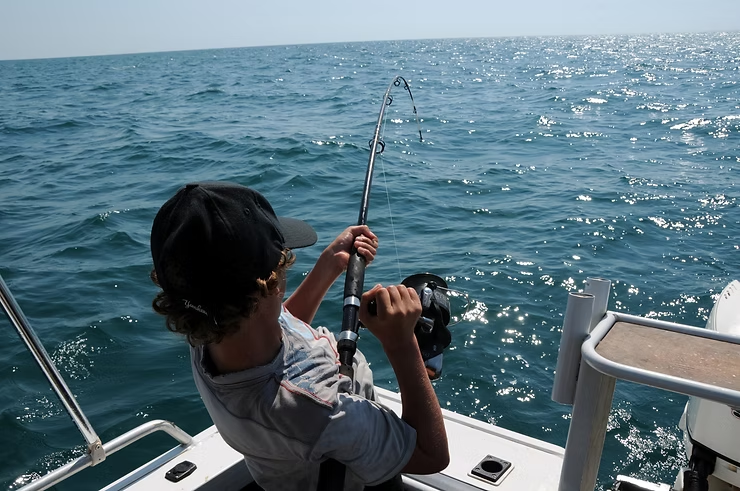Promoting Sustainable and Biodegradable Fishing Gear
Encouraging the use of sustainable and biodegradable fishing gear is vital for maintaining healthy oceans. Traditional fishing gear made from plastics and metals contributes to pollution, habitat destruction, and harm to marine life. Transitioning to eco-friendly alternatives helps reduce these threats and supports sustainable fisheries management.
Key Strategies for Sustainable Fishing Gear
1. Sustainable Materials
Use eco-friendly materials such as natural fibers, bamboo, and recycled components that are biodegradable and minimize ecological impact.
2. Biodegradable Nets
Biodegradable fishing nets and lines reduce “ghost fishing,” preventing lost gear from trapping marine life for years.
3. Eco-Friendly Traps
Replace traditional traps and pots with biodegradable alternatives to minimize harm to marine ecosystems.
4. Reduced Bycatch
Innovative gear designs that limit unintended capture of non-target species support sustainable fishing practices and protect biodiversity.
5. Government Regulations
Governments can require or incentivize the use of sustainable gear through regulations and enforcement programs.
6. Certification Programs
Programs like the Marine Stewardship Council recognize fisheries that adopt sustainable gear practices, promoting industry-wide compliance.
7. Research and Development
Investing in biodegradable gear technologies drives innovation and encourages manufacturers to produce eco-friendly options.
8. Education and Outreach
Educate fishermen, consumers, and the industry about environmental impacts and the benefits of sustainable gear adoption.
9. Industry Collaboration
Collaboration among gear manufacturers, fishermen, and conservation groups fosters development and widespread use of sustainable gear.
10. Financial Incentives
Grants, subsidies, or other financial incentives support the transition to biodegradable fishing gear.
11. Market Demand
Consumer preference for sustainably-caught seafood encourages the fishing industry to adopt eco-friendly gear practices.
12. Recycling Programs
Recycling old or damaged fishing gear reduces waste and environmental impact associated with gear disposal.
13. Pilot Projects
Implement pilot programs in high-fishing areas to demonstrate the benefits and feasibility of sustainable gear alternatives.
14. International Cooperation
Global collaboration and agreements help establish consistent standards for biodegradable and sustainable gear in fisheries worldwide.
15. Enforcement
Strict enforcement of gear regulations, including penalties for illegal practices, ensures compliance with sustainability standards.
Conclusion
Transitioning to sustainable and biodegradable fishing gear benefits marine ecosystems and the fishing industry. Eco-friendly practices protect biodiversity, reduce the negative impact of lost gear, and ensure fisheries remain viable long-term. By adopting sustainable gear, we balance the global demand for seafood with the preservation of our oceans for future generations.

